
Explore Civil War Historical Sites: A Comprehensive Guide to America’s Battlefields
Diving into American history becomes more enriching through a personal journey to significant Civil War sites, like Gettysburg and Antietam. Their well-preserved landscapes offer glimpses into pivotal battles, supported with interpretive signage that deepens understanding of our past. Notably, national museums add unexpected intellectual wealth to your exploration; they house extensive collections and exhibits, capturing the full flavor of the war era. So, pack your bags; history awaits!
One must-visit Civil War historical site is Gettysburg National Military Park, which offers a profound look into the Battle of Gettysburg and its significance. Another notable site is the Antietam National Battlefield, known for being one of the bloodiest battles in American history. Both sites offer rich insights into the events and impact of the Civil War.

Table of Contents
- Exploring Notable Battlefields and Monuments
- Navigating National Museums of the Civil War
- Experiencing Guided and Self-Guided Battlefield Tours
- Unraveling the Historical Significance of Civil War Sites
- Connecting with History
- Comprehensive Narratives
- Gaining Deeper Appreciation
- Engaging with Civil War Education and Outreach Programs
- Interactive Learning Activities
- Targeted Educational Programs
- Championing Preservation Efforts for Civil War Historical Sites
- The Role of Preservation Organizations
- Highlighting Recognition and Memorials of Historical Sites
- Book Your Dream Experience
- More Travel Guides
Exploring Notable Battlefields and Monuments

When it comes to experiencing the legacy of the Civil War firsthand, visiting notable battlefields and monuments offers an opportunity to immerse oneself in a history that deeply shaped the American nation. Gettysburg, for example, witnessed one of the most significant battles of the war, providing visitors a chance to stand on the grounds where soldiers fought bravely for their beliefs. Antietam, on the other hand, is known for being the bloodiest single-day battle in American history. At the same time, Vicksburg is an area characterized by its strategic importance along the Mississippi River.
Each battlefield has a unique story, and examining their distinct characteristics provides valuable insights into the context and consequences of the Civil War. For instance, Gettysburg’s well-preserved battlefield allows visitors to appreciate the strategic movements and intense combat that transpired. The imposing monuments and interpretive signage connect to those tumultuous days, making it an indispensable experience for anyone interested in American history. Similarly, Antietam’s rolling fields bear witness to the sacrifices made by soldiers from both sides in a conflict that left 23,000 casualties in its wake. The tranquil landscape belies the harrowing events that unfolded there, offering a solemn reminder of the human cost of war. Meanwhile, Vicksburg’s terrain reflects the challenges faced by troops as they contended for control over this vital river stronghold.
Visitors can expect to encounter informative visitor centers staffed by knowledgeable rangers who enrich the experience with detailed narratives of the battles on these hallowed grounds. The combination of preserved landscapes, evocative monuments, and expertly curated exhibits ensures a comprehensive historical understanding for all who come to explore.
These iconic historical sites are tangible reminders of America’s past, encapsulating moments when a nation’s fate hung in the balance. By delving into their stories, visitors gain an intimate understanding of the Civil War’s gravitas and enduring impact.
Tracing the remnants of a turbulent past at these hallowed grounds, we unearth lessons that transcend time. To further enrich our understanding, let’s now embark on navigating the vast repository of artifacts at national museums dedicated to preserving this pivotal period in American history.
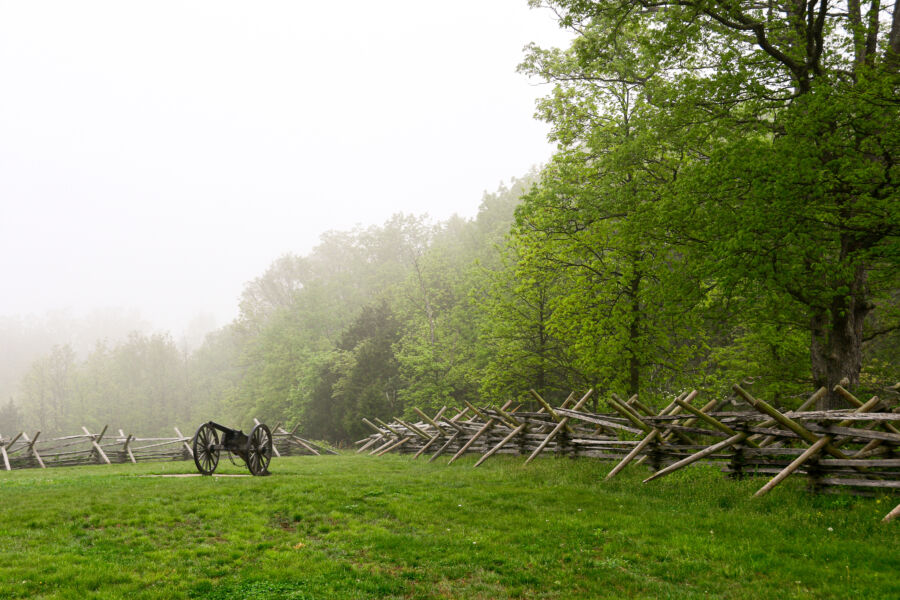
When immersing yourself in America’s history during the Civil War era, there’s no better place than a national museum dedicated to this significant period. These museums house an array of artifacts, memorabilia, and educational displays that offer visitors a truly immersive experience. Whether you’re fascinated by weaponry and uniforms or eager to understand the underlying socio-political dynamics of the time, these museums cater to everyone.
One standout feature of these museums is their commitment to providing comprehensive insights. Visitors can expect meticulously curated exhibits that cover famous battles, military tactics, and the human stories behind the war. From personal letters and diaries to photographs capturing life during the war, these museums vividly depict life during this turbulent time in American history.
In addition to artifacts and displays, the museums frequently host special events, lectures, and educational programs. These offer visitors a chance to engage with renowned historians and experts who provide expert analysis and interpretations of various aspects of the Civil War. Visitors can gain firsthand knowledge about significant historical moments from these experts, enriching their understanding of this crucial period.
Few other places afford such an in-depth exploration of the Civil War era as national museums. Moreover, many national Civil War museums offer guided tours, allowing visitors to navigate exhibits with expert guidance. These tours can help contextualize the displays, provide historical insights, and highlight key artifacts. A tour guide can offer an enriching perspective that enhances the museum experience.
For instance, at the National Museum of Civil War Medicine in Frederick, Maryland, guided tours lead visitors through captivating exhibits on medical practices during the war. This interactive experience shows how medicine evolved during this transformative historical period.
National museums dedicated to the Civil War are crucial in preserving and disseminating knowledge about this pivotal chapter in American history. They serve as invaluable resources for students, history enthusiasts, and anyone seeking a deeper understanding of the impact of the Civil War on American society. With their multifaceted approach to education and comprehensive collection of artifacts and exhibits, these museums bring history to life in a compelling way that captivates and educates visitors from all walks of life.
Now that we’ve explored national museums and their immersive experiences let’s focus on discovering how visitors can delve even deeper into Civil War history through guided and self-guided battlefield tours.
Read Also: Mannar Railway Bridge
Experiencing Guided and Self-Guided Battlefield Tours
When exploring Civil War battlefields, visitors have two primary options: guided tours and self-guided tours. Each has its advantages, and the choice often comes down to individual preferences and interests.
Guided tours led by experienced historians and interpreters offer a deep dive into the events that transpired on the battlefield, providing valuable insights and historical context that might not be immediately evident to the untrained eye. As you walk with a knowledgeable guide, you’ll gain a more comprehensive understanding of the strategies, tactics, and significant moments that shaped these historic sites.
Moreover, guided tours often incorporate personal stories and firsthand accounts, adding a human element to the historical narrative. This can be especially impactful as visitors connect with the past through the experiences of individuals who lived through these tumultuous times.
On the other hand, self-guided tours grant visitors the freedom to explore at their own pace. This option allows for a more personalized experience, as individuals can focus on specific areas of interest or spend additional time reflecting on significant locations. It also provides flexibility, enabling visitors to adjust their itinerary based on their preferences and schedules.
Self-guided tours can be enhanced with audio guides or mobile apps that provide informative commentary. This allows visitors to engage with historical content while navigating the battlefield independently. This accessibility to information enriches the experience and empowers visitors to tailor their exploration according to their curiosities.
Imagine standing at a pivotal point on the battlefield, listening to an audio account that details the circumstances unfolding before you. This immersive experience amplifies one’s connection to history and cultivates empathy toward the individuals engaged in historical conflicts.
Choosing between a guided and self-guided tour is akin to reading a captivating historical novel or embarking on an unguided literary exploration. Both pathways lead to an enriched understanding of the subject, but they offer distinct approaches catering to varied learning styles and preferences.
Each type of tour presents its unique advantages, enabling visitors to engage with Civil War history in ways that resonate with their preferred methods of learning and exploration.
As we explore Civil War historical sites, we shift our focus towards unraveling the intricate layers of historical significance embedded within these hallowed grounds.]
Read Also: American Civil War Museum- Historic Tredegar
Unraveling the Historical Significance of Civil War Sites
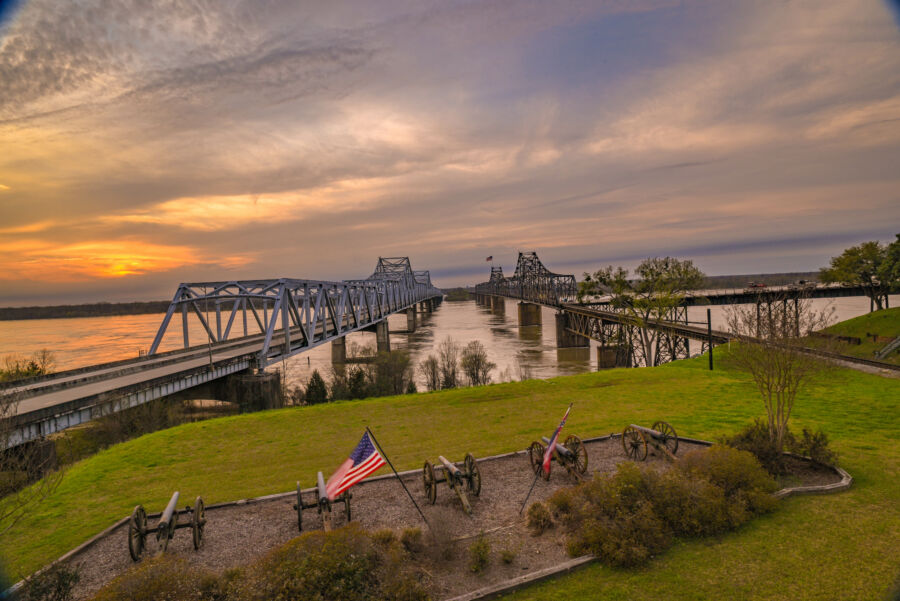
The rich history of Civil War battlefields is filled with stories of bravery, sacrifice, and pivotal moments that shaped American history. Each site holds a specific narrative, a moment frozen in time that invites visitors to step into the past and witness the events that unfolded there. From the haunting fields of Antietam to the monumental battlegrounds of Gettysburg, exploring these sites allows you to connect with history in a deeply immersive way.
Connecting with History
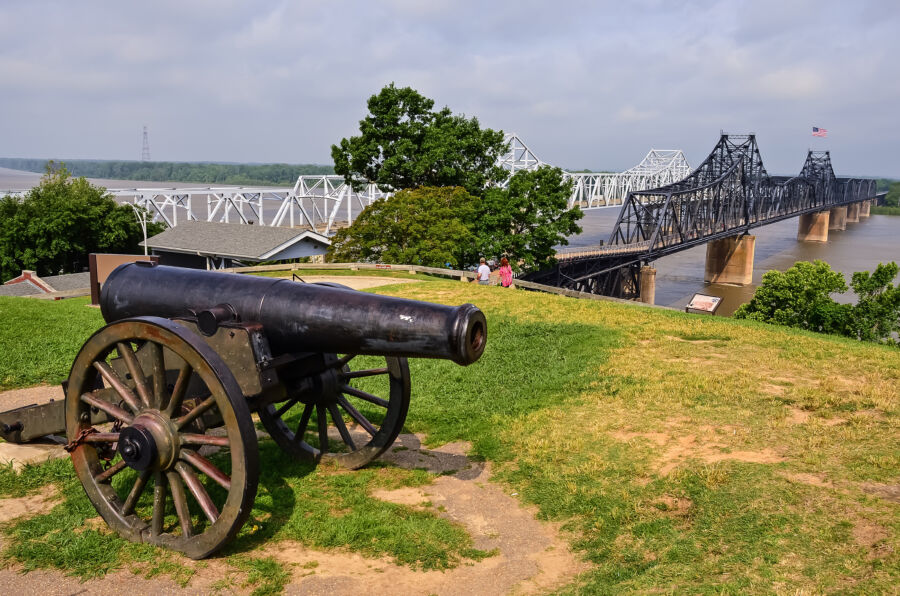
Take the Antietam National Battlefield, for instance. Here, visitors can stand where the bloodiest single-day battle in American history occurred on September 17, 1862. The landscape tells a story of courage and tragedy, offering a glimpse into the sheer scale of human valor and suffering within its borders. Similarly, at Gettysburg Battlefield, one can walk through the hallowed grounds where the pivotal Battle of Gettysburg was fought from July 1 to July 3, 1863—a battle whose impact reverberates through time, forever altering the trajectory of the war.
Comprehensive Narratives

The National Park Service offers detailed insights into the battles themselves and the lives and perspectives of those who fought. These narratives provide a holistic view of each conflict, illuminating the complexity and gravity of war. They help visitors comprehend key decisions made by generals and soldiers alike, in addition to revealing the broader social and political forces at play during this tumultuous period in American history.
Gaining Deeper Appreciation

By understanding the specific events that unfolded at each location, visitors gain a deeper appreciation for the significance of these sites in shaping America’s past and present. Exploring Civil War battlefields becomes an opportunity to engage with living history, allowing individuals to reflect on the impact of these transformative moments and gain insight into their enduring relevance today.
Having unraveled the historical significance of Civil War sites and explored their immersive narratives, we now transition to how they offer a vivid window into the past and serve as poignant reminders of our nation’s remarkable journey through turmoil and triumph.
Engaging with Civil War Education and Outreach Programs
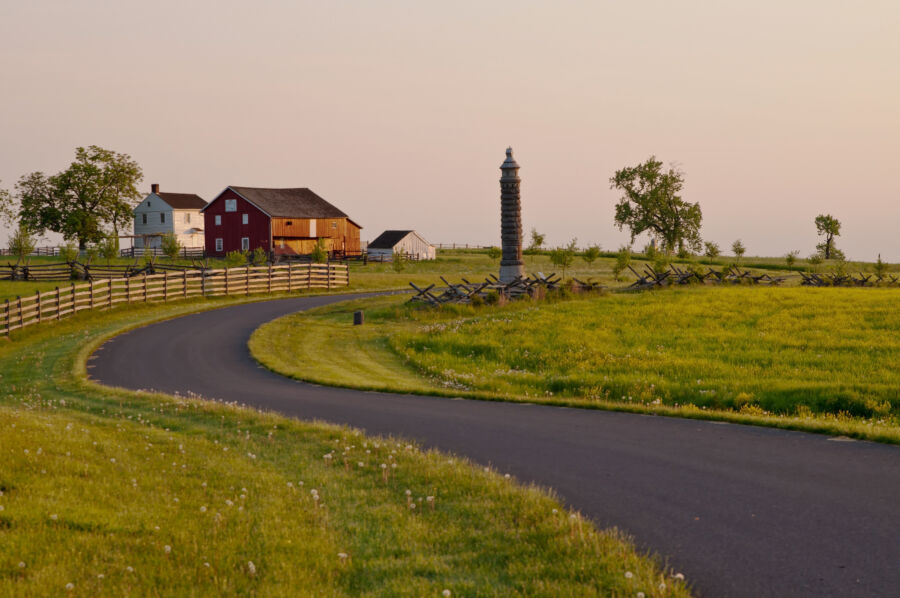
Stepping onto a Civil War battlefield is like stepping back in time. Historical sites offer educational programs designed to cater to a wide range of visitors, from students eager to learn to families seeking interactive outings and history enthusiasts craving deeper insights.
These educational initiatives often consist of lectures by knowledgeable historians who bring the past to life with engaging storytelling. They also frequently feature living history demonstrations, enabling visitors to witness firsthand the everyday lives of Civil War soldiers and civilians. These realistic portrayals provide a more tangible understanding of the challenges and triumphs experienced during this pivotal period in American history.
Read Also: Philipse Manor Hall State Historic Site
Interactive Learning Activities
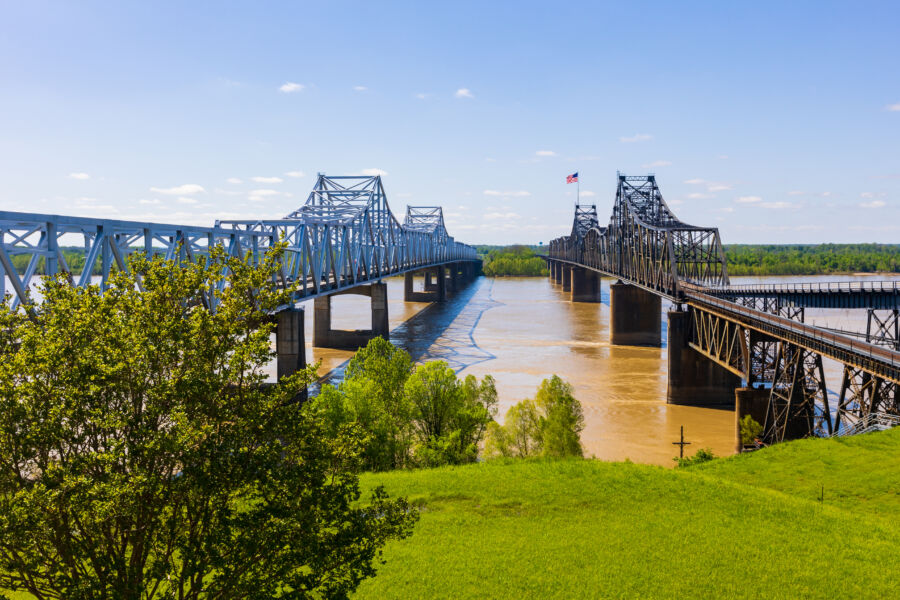
Moreover, interactive learning activities are a mainstay at these historical sites. Through role-play scenarios and hands-on experiences, participants can grasp the complexities of the time, encouraging them to think critically about the decisions made during the Civil War. These activities foster a sense of empathy and understanding as visitors immerse themselves in the world of those who lived through tumultuous times.
For instance, visitors might have the opportunity to “enlist” as Union or Confederate soldiers for a day, gaining insight into the soldier’s experiences and training. This allows for a more visceral understanding of the challenges those who fought on both sides of the conflict faced.
Furthermore, engaging with primary sources such as letters, diaries, maps, and artifacts becomes an integral part of these educational initiatives. By interacting with authentic materials from the era, participants gain a deeper appreciation for the realities individuals face during the Civil War.
Targeted Educational Programs
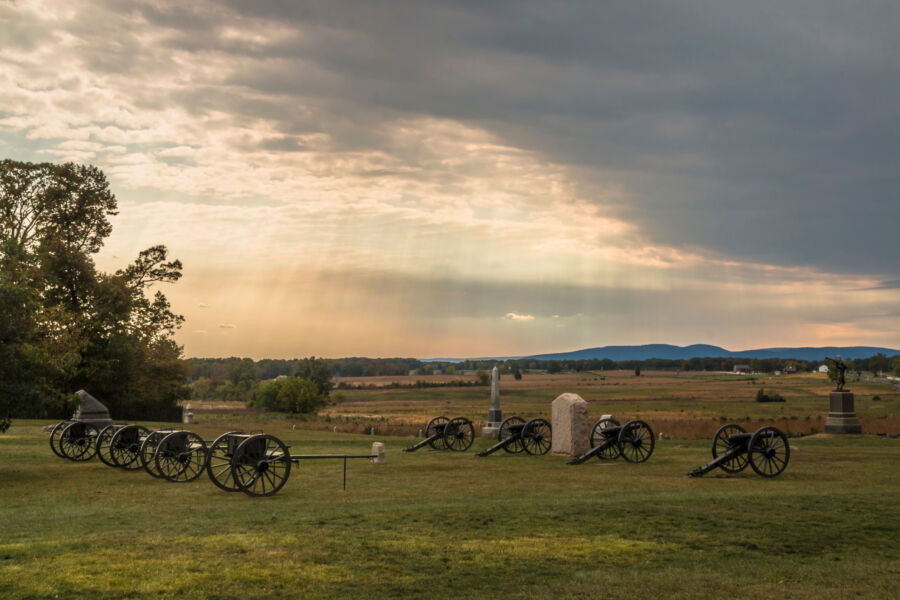
These programs are tailored to different audience groups. For instance:
- Students may engage in structured tours aligned with specific curriculum requirements, allowing them to deepen their knowledge beyond what textbooks can offer.
- Families benefit from specially designed activities that encourage active exploration and learning together.
- History Enthusiasts have access to specialized workshops and seminars conducted by esteemed scholars, delving into niche topics related to the Civil War.
In essence, these educational programs transform history from distant dates in textbooks into living stories that capture the hearts and minds of all those who immerse themselves in them. By actively participating in these programs, visitors gain a profound understanding that transcends mere facts and figures, enabling them to connect deeply with this defining period in American history.
Now that we have a deeper appreciation for these historical battlefields, it’s time to shift our focus toward preserving and honoring their significance in modern times.
Championing Preservation Efforts for Civil War Historical Sites

The battlefields and historic sites from the Civil War are invaluable treasures of American legacy. It’s crucial to fight against the erosion of time and natural elements that threaten to erase these tangible connections to our history. Preservation is vital because these physical locations and artifacts hold stories – of bravery, loss, and resilience. They offer a glimpse into the lives of those who fought and sacrificed during one of the most tumultuous periods in our nation’s existence.
History is delicate, easily lost, and hard to find again. That’s why it’s essential to ensure that places like these are safe for future generations to explore and learn from.
Enter organizations like the National Park Service, the Civil War Trust, and local historical societies. These individuals champion battlefield preservation initiatives, ensuring that the authenticity and significance of these sites remain intact. Their work is monumentally important because what they’re fighting against isn’t just neglect; it’s also urban development, industrial expansion, and agricultural practices claiming the land on which these historical gems are situated.
The Role of Preservation Organizations
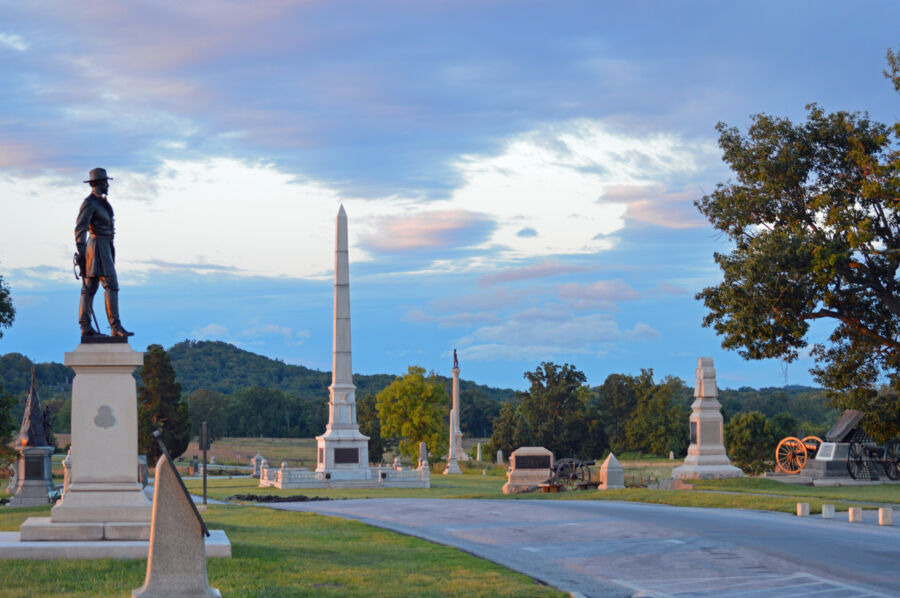
These organizations serve as watchdogs, using a variety of tools such as conservation easements, outright purchases of land, and educational outreach to rally support for their cause. They work tirelessly to ensure that the battlefields where so much blood was shed are not forgotten or lost amid modern landscape changes.
The Civil War Trust frequently engages in fundraising campaigns to acquire critical lands associated with Civil War battlefields, preventing their transformation through reclamation or development projects. Over time, this has saved thousands of acres of hallowed ground from intrusive development or industrial use.
Moreover, it’s not just about saving open landscapes; preserving structures such as homes, businesses, churches, and barns associated with Civil War events is also part of the ongoing efforts. Maintaining these landmarks allows visitors to immerse themselves in a more authentic experience while learning about significant historical moments.
Safeguarding these sites for today’s society and those that follow isn’t just about brick-and-mortar; it’s about protecting a tangible bond to our past—allowing us to continue walking where soldiers once stood, their struggles and sacrifices intrinsically linked to shaping America’s tomorrow.
Highlighting Recognition and Memorials of Historical Sites
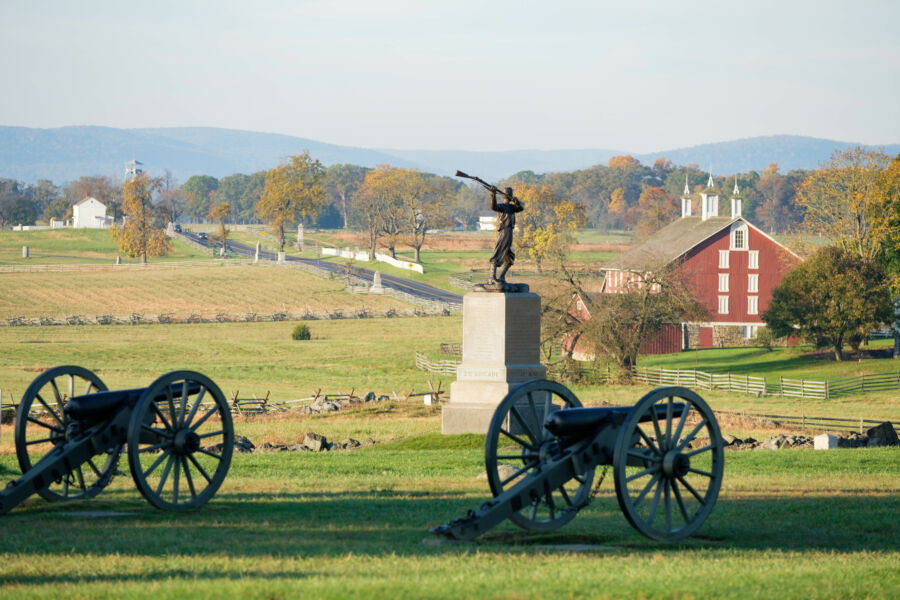
As we explore these Civil War historical sites, we are moved by the powerful memorials and recognition sites that honor the soldiers and civilians who lived through the war. Each monument tells a story of bravery, sacrifice, and loss, serving as impactful reminders of the human cost of the conflict.
One such site is the Soldiers’ National Cemetery at Gettysburg. This vast cemetery is a solemn tribute to the soldiers who fought and died in one of the Civil War’s bloodiest battles. Walking through rows of simple white headstones, it’s hard not to feel the weight of history and reflect on the tremendous sacrifices made in that hallowed ground.
Similarly, the McLean House at Appomattox Court House is a poignant reminder of the war’s end. It was within this humble structure that General Robert E. Lee surrendered to General Ulysses S. Grant, effectively ending the Civil War. The preserved rooms and artifacts transport visitors back in time, allowing them to witness firsthand the event that ended years of conflict.
Each monument and recognition site offers a unique perspective on the war’s legacy. From statues honoring specific individuals to plaques marking significant events, these tributes provide a tangible connection to the past and ensure that the stories of those who lived through this tumultuous period are never forgotten.
“From the Soldiers’ National Cemetery at Gettysburg to the McLean House at Appomattox Court House, these monuments and recognition sites serve as powerful reminders of the war’s legacy and the human cost of the conflict.”
By visiting these historical sites, we not only pay homage to those who came before us but also gain a deeper understanding of the impact of the Civil War on American society. They serve as educational tools, bringing history to life and fostering a sense of empathy and reverence for those who experienced this defining era in our nation’s history.
The recognition and memorials found at these historical sites serve as poignant testaments to the Civil War’s enduring legacy, ensuring that its profound impact on our nation will continue to be remembered for generations.
Their significance transcends mere remembrance; these historical sites imprint a deeper appreciation for our shared heritage as Americans, ensuring that lessons from this pivotal period are never lost.



